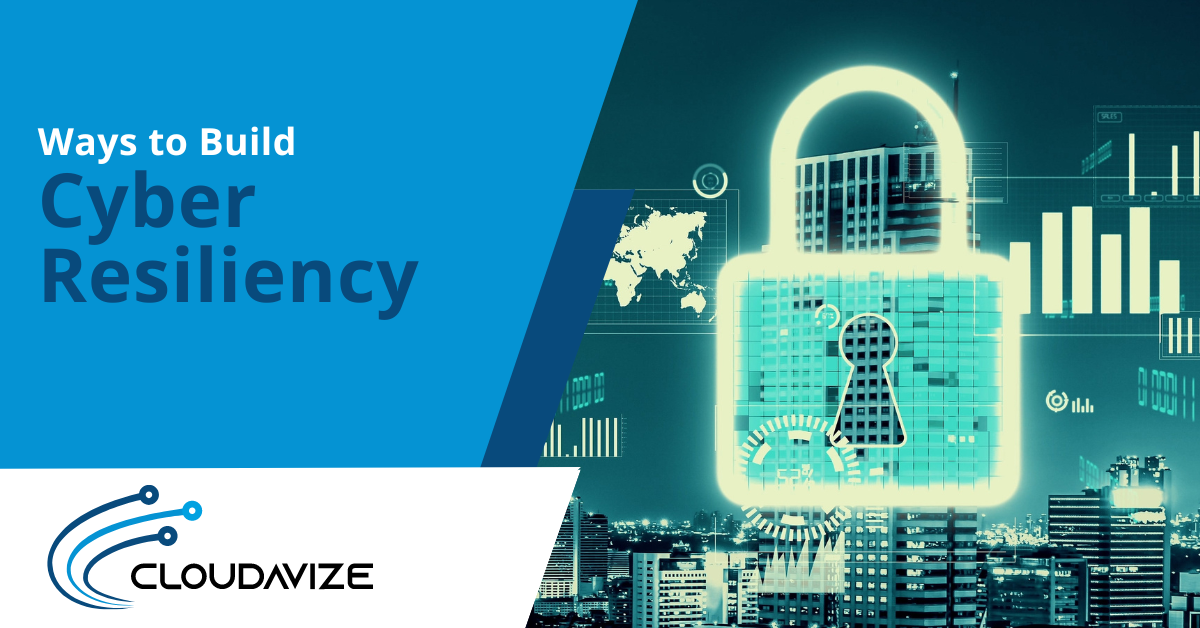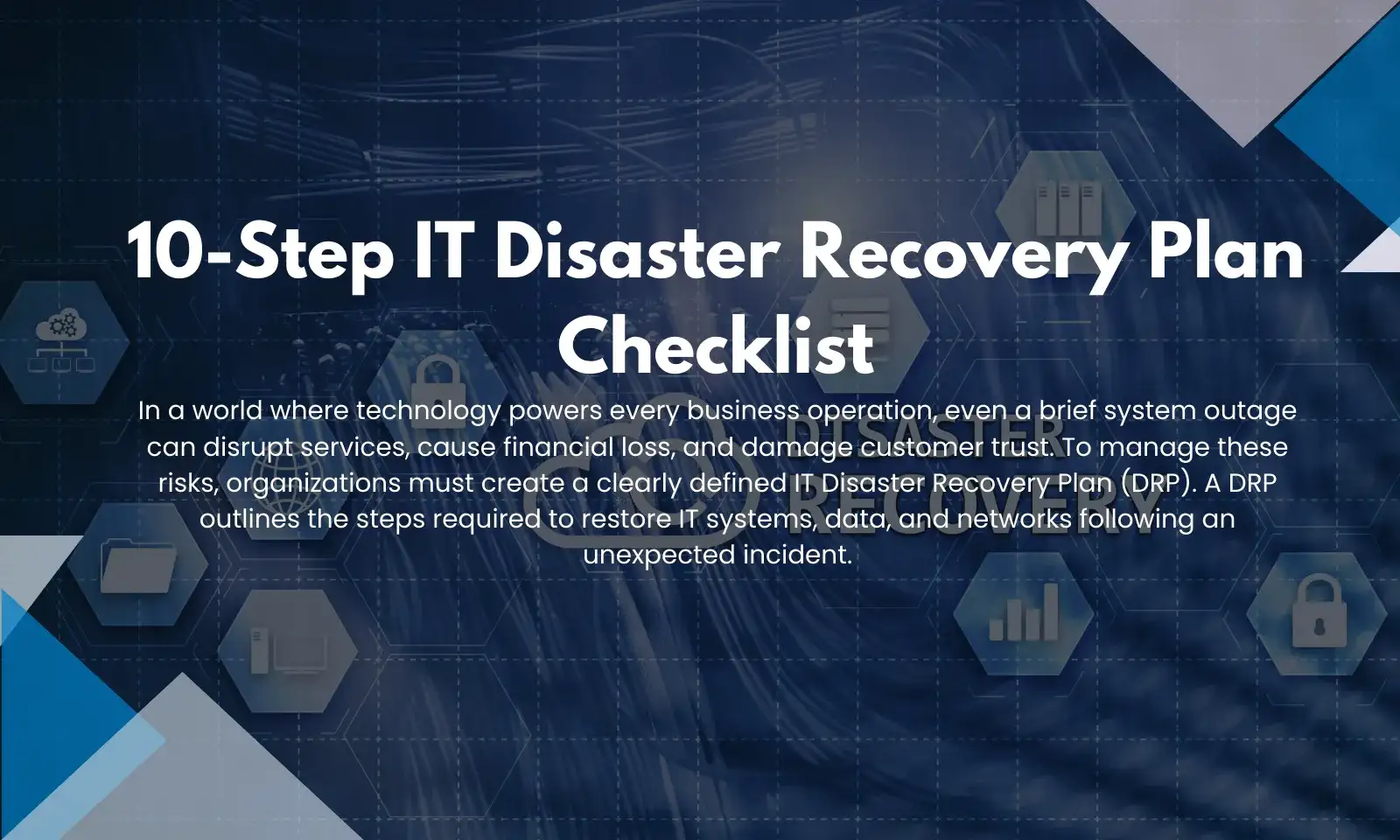As we move towards 2023, businesses should be aware of a blossoming term that is becoming increasingly popular: cyber resilience. The phrase refers to an organization’s capabilities to maintain cybersecurity and bounce back from cyber-attacks and technology issues.
That’s our definition, but the National Institute of Standards and Technology (NIST) also has an official one. It explains cyber resilience as “the ability to anticipate, withstand, recover from, and adapt to adverse conditions, stresses, attacks, or compromises on systems that use or are enabled by cyber resources.”
Essentially, then, cyber resilience is about creating a digital business that is agile, efficient and adaptable. Putting this in context, imagine if one of your employee’s devices is infected by ransomware. In a cyber resilient organization, the malware attack would not spread through your systems. You’d be able to catch it, disconnect the device and cordon off the malware fast. At the same time, you’d speedily give the impacted employee a new device so they could carry on working.
All in all, you’d avoid a devastating attack, minimizing downtime and keeping sensitive data secure.
Table of Contents
Cyber Resilience: A Must-Have In Today’s World
Today, all organizations rely on digital infrastructure to operate: cloud apps, laptops, mobile devices and the internet of things are all critical to business. Keeping these systems up and running is essential to productivity and success.
It’s natural that cyber resilience is a key priority for businesses across sectors. Downtime, cyber-attacks and IT issues can deeply impact the bottom line in a negative way. For example, downtime can hinder employee productivity and harm customer relationships while a cyber-attack can lead to compliance fines and reputational damage.
How To Build Cyber Resiliency
So, how can your business go from cyber average to cyber resilient? For one, we want to emphasize that cyber resilience doesn’t mean overhauling your cybersecurity strategy. It’s something you can build into your operations and current IT infrastructure.
Here’s how to do that in practice:
Harness the Power of Automation
Automation is one of the best ways to supercharge your security response, enabling you to identify and respond to threats much quicker than you could using only manual detection mechanisms. Moreover, automation is much more accurate than people. While humans make errors, automation is highly reliable.
Some capabilities you can automate include detection and response, user behavior analytics and data loss prevention.
Plan For Failure Through Redundancies
When one system goes down, another one should automatically step in so that your business keeps operating. For example, let’s say one of your servers suffers from unexpected downtime. You can become more resilient by ensuring you have a backup server in place, so you’ll only be down for seconds or minutes, as opposed to hours and days.
Be Proactive About Potential Threats
It’s well known that cybersecurity incidents are now a case of when, not if. With that in mind, you need to be proactive about discovering and remediating threats, rather than waiting for the worst to happen.
You can do this by putting in place monitoring solutions that analyze the network for signs of compromise, such as intrusion and detection systems. As we noted above, automation can be great for these kinds of tools.
Prioritize Backup!
Backing up your data is one of the easiest, most cost effective ways to improve cyber resiliency, helping you to ensure that you can easily restore and access data in the event of an outage or an attack.
How frequently and where you backup is really important. We recommend talking to an experienced IT provider like us to make sure your backup approach is fit for purpose, as research shows that 60% of backups are incomplete and 50% of restores fail.
Implement and Rehearse an Incident Response Plan
Do you know what your organization would do in the event of a malware attack or a natural disaster that takes down your systems?
While it’s hard to say when disaster will strike, you can ensure you’re prepared for it. This is where incident response comes in.
Your incident response plan is your playbook, your step-by-step guidance for managing and recovering from an unexpected incident.
These plans are super important to cyber resilience. In fact, research shows that a well-rehearsed incident response plan can reduce the cost of security incidents by over $2 million.
Note that we mentioned well-rehearsed above. You see, it’s not enough to just have an incident response plan. You need to practice it too, ensuring that everyone involved knows their responsibilities, the chain of command. Rehearsing also helps people to stay calm and efficient in the high-pressure environment of a security incident, so you can recover swiftly.
We’ll Help You Increase Your Cyber Resiliency
Cyber resiliency is the name of the game of 2023. With our extensive knowledge of today’s threat landscape, we can help your business move into the new year more resilient and secure than ever. Give us a call today to find out more!



